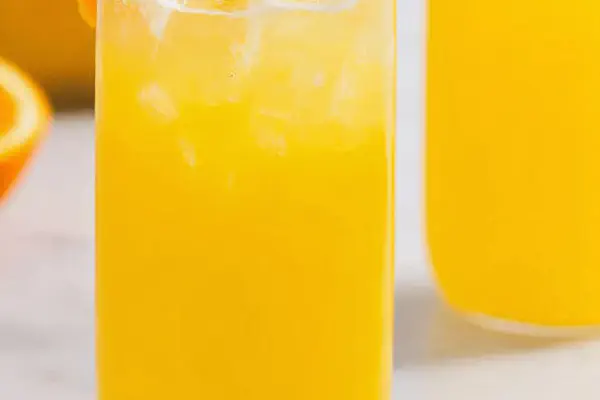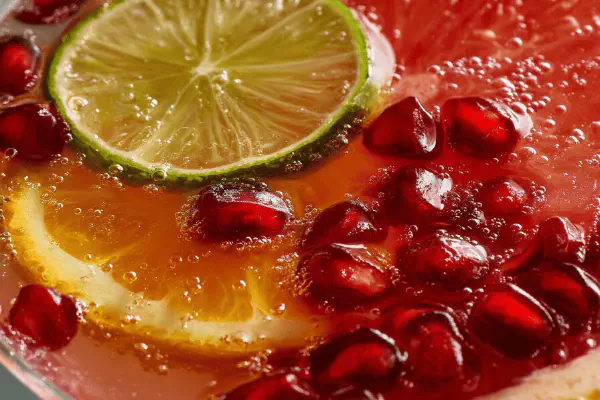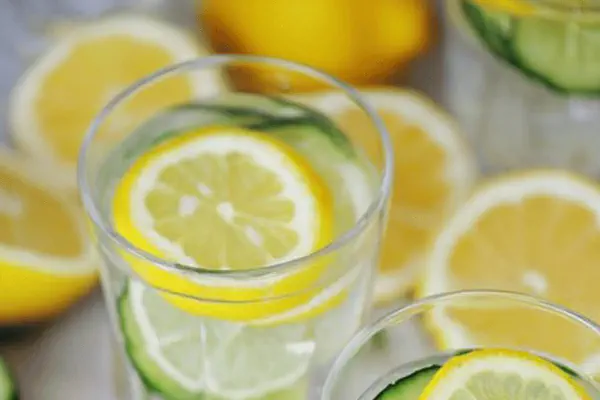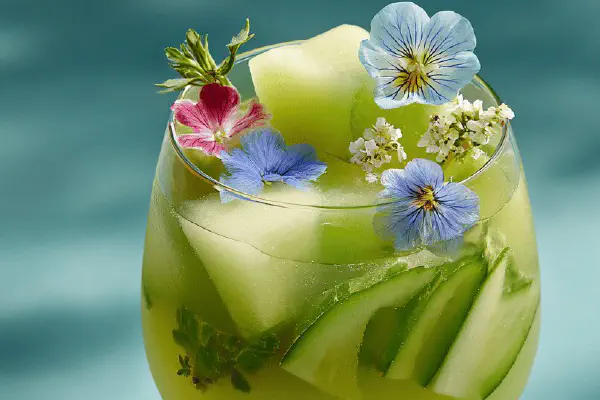Featured Recipe
Red Sangria Twist
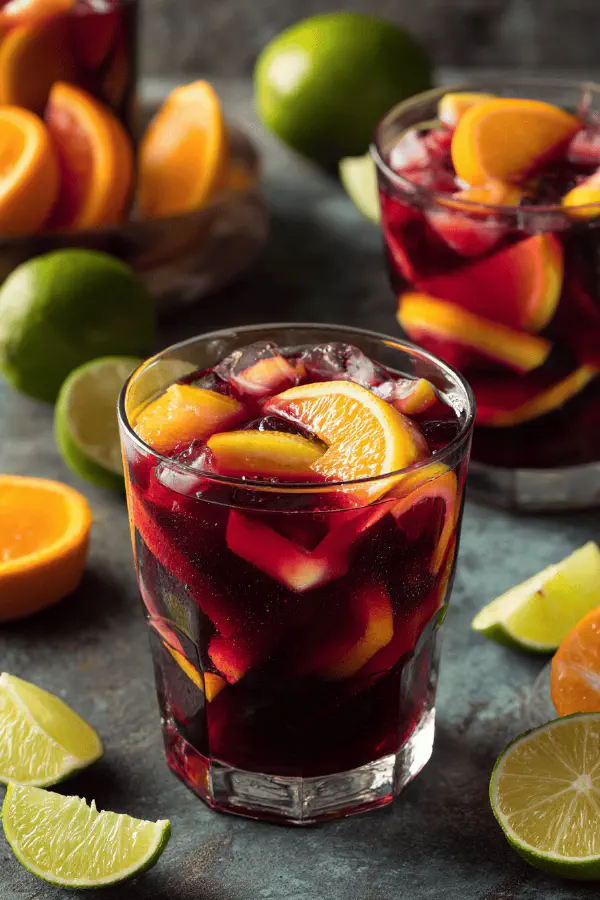
By Kate
"
A refreshing red sangria variant using slightly reduced wine and sparkling water instead of ginger ale. Citrus component tweaked to include lime instead of lemon. Dark rum swapped for spiced rum, introducing warm notes. Adjusted liquid ratios to keep balance while benefiting from less sweetness. Chilled slowly to unify flavors, topped with bubbles just before serving. Classic ingredients rethought through practical lens without losing soul. Instructions reordered for efficient prep and clear sensory checkpoints. Useful substitutions included for wine and soda alternatives. Focus on detecting aromatics and color changes rather than rigid timing. Emphasis on technique and troubleshooting for smooth execution.
"
Prep:
15 min
Cook:
0 min
Total:
65 min
Serves:
6 servings
sangria
cocktail
refreshing
citrus
Introduction
Wine chilled to ruby depths, aromas circling the senses: bright citrus, subtle rum warmth. Sangria that respects its roots but bends rules. Exchanging ginger ale for sparkling water saves sweetness without killing effervescence. Lime snaps brightness in place of lemon’s softer tang. Execution matters more than timing—watch how citrus peels glisten and scent changes as they steep. Ice added only at finish to avoid premature dilution. This isn’t just mix-and-go. You coax layers. Rest the blend, then awaken with fizz. Makes six servings—enough to share or sip slow with company that appreciates precision. Rum choice is key: spiced not dark for nuanced background notes rather than heavy boozy punch. Keep chilling, keep watching, know when to stop stirring. Real kitchen work, not guesswork. Clarity in chaos.
Ingredients
About the ingredients
When choosing your red wine aim for dry, mid-bodied types—Tempranillo, Grenache, or Cabernet Franc work well. Avoid overly tannic or overly sweet varieties—they clash or mask. Spiced rum adds dimension with cinnamon and vanilla notes that deepen the profile without overpowering. If unavailable swap with aged dark rum but cut back by a tablespoon to avoid harshness. Fresh orange juice best squeezed from ripe fruit for balanced acid and sweetness. Lime slices replace lemon here to tweak aroma and offer slight adversity to the smooth citrus profile, boosting complexity. Soda choice matters: club soda or sparkling water preferred over sweetened soft drinks, controlling sugar levels and letting natural fruit flavors shine. Ice cubes should be solid and clear—that slows melting and watering down. Avoid pre-crushed or cloudy ice.
Method
Technique Tips
Start with wine to observe deep color and clarity, a visual check that hints at flavor base. Add rum gently, stir slow—prevent bruising the wine’s delicate tannins. Orange juice integration requires fresh pulp checking; too much pulp overwhelms texture, strain if necessary. Incorporate citrus slices evenly to promote aromatic exchange without crowding. Steeping time flexible—aim for a cool pitcher, taste often after 40 minutes to catch when fruit oils have begun fragrance release; over-macerating can generate bitterness especially from lime peel. Add soda fizz last to preserve bubbles; pouring with care matters. Ice keeps the drink cool but resist the urge to stir aggressively after ice addition—fold just enough to distribute chill. Watch for condensation on glass as serving cue—when beads gather evenly, tannins and acids have balanced with sugars. Use leftovers wisely: skip sugar additions, just soda and ice refresh. Practical handling saves integrity and flavor.
Chef's Notes
- 💡 Use mid-bodied dry red wine like Grenache. Avoid overly sweet or tannic wines. They clash—in your drink.
- 💡 Freshly squeeze oranges for juice. Ripe fruit balances the drink. If using bottled, check for added sugars.
- 💡 Slice citrus thinly. Increases surface area. Enhances aroma release. But don't crowd the pitcher; overloading dulls flavor.
- 💡 Chill ingredients before mixing. Cold wine means less ice needed later. Avoid early dilution. Watch for condensation cues.
- 💡 Soda addition last. Preserve bubbles. Pour carefully. Use back of spoon—keeps carbonation intact.
Kitchen Wisdom
How to rescue a too-strong sangria?
Add extra juice. Fresh orange or splash of soda to lighten. Balance is key.
Swap for different spirits?
Sure! Use vodka with fruit flavor. Or even gin for herbal notes. Adjust accordingly.
What's the best way to store leftovers?
Always cover and refrigerate. Add fresh soda and ice to revive flavor.
Can't find spiced rum?
Aged dark rum works too. Cut back by a tablespoon. Add a touch of vanilla for hint.
